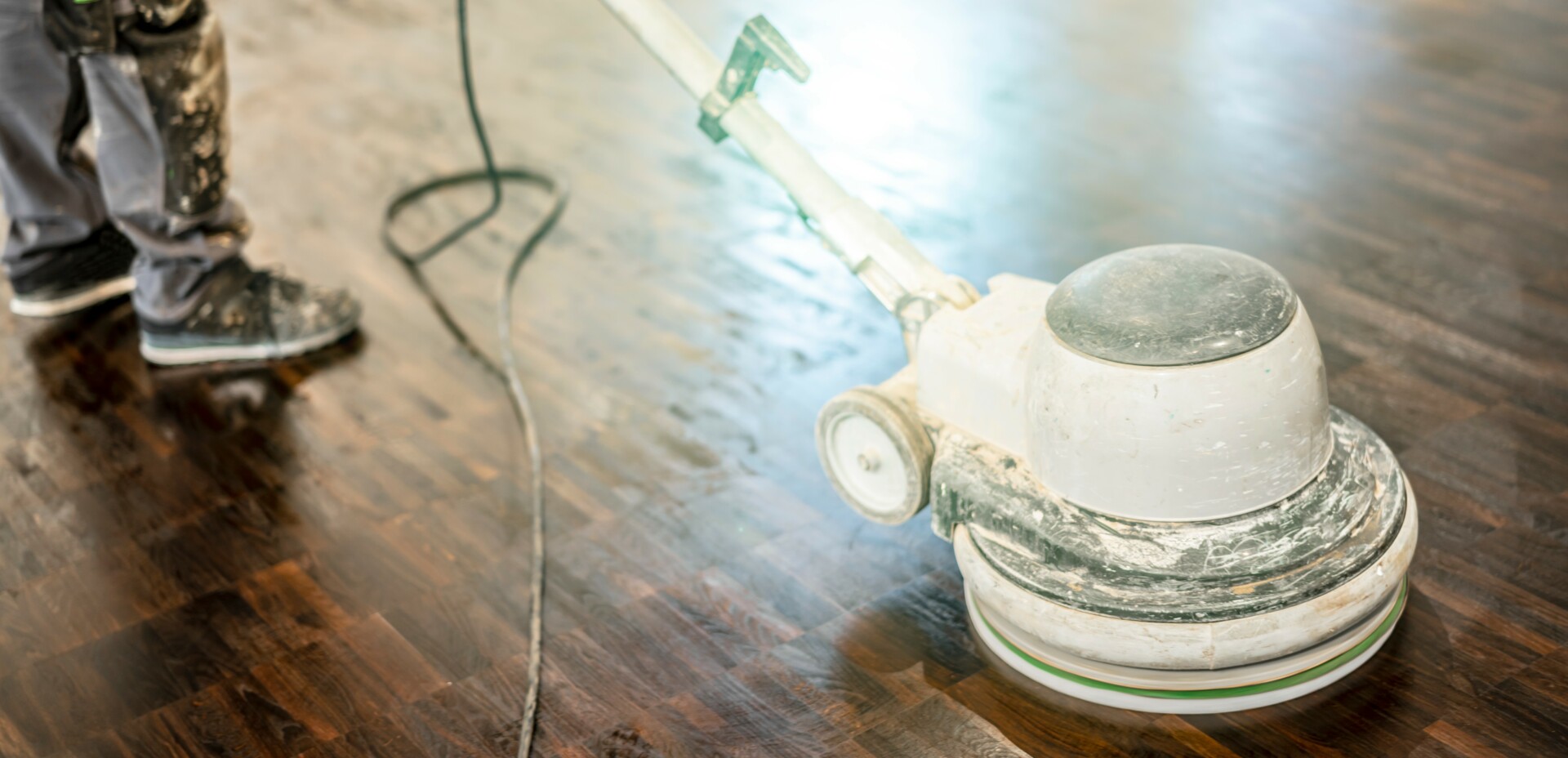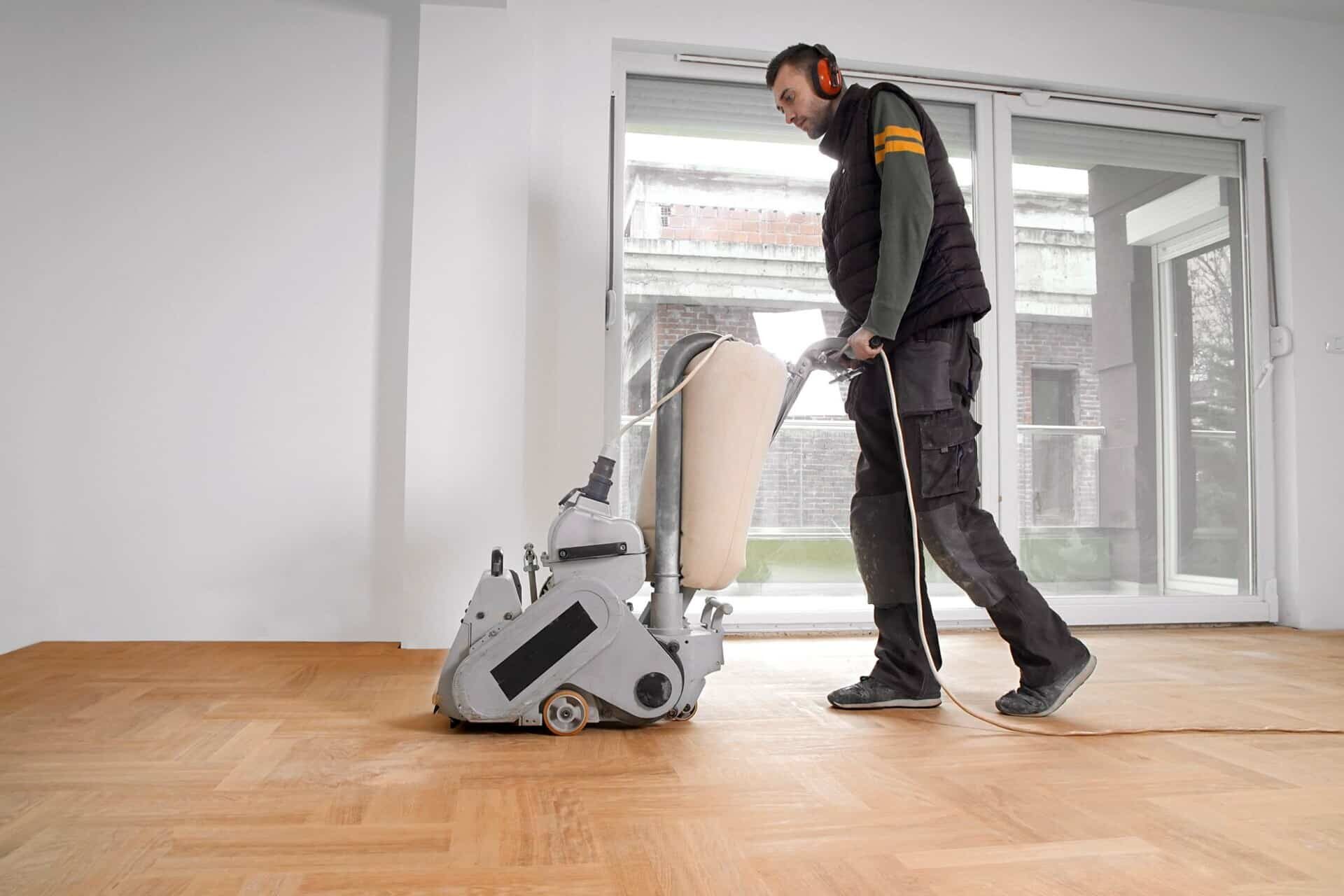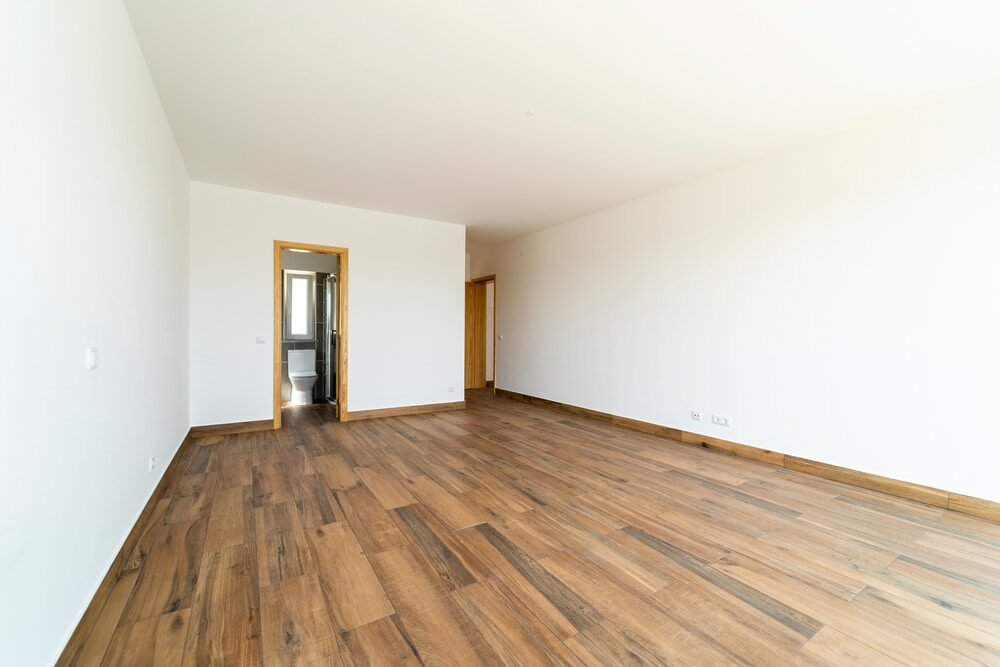London:
Nationwide:
Step by Step Guide to Sanding, Staining & Finishing Wood Floors
Posted on April 15, 2023
Blog
Wood floors are a beautiful, timeless addition to any home, providing a sense of warmth and charm. However, as with any natural material, wood floors can show signs of wear and tear over time. Restoring your wood floors through sanding, staining, and finishing is a rewarding process that can breathe new life into your home. In this comprehensive guide, we’ll walk you through each step of the process, so you can restore your wood floors to their former glory.
-
Assess the Condition of Your Wood Floors
Before you start sanding, staining, and finishing your wood floors, it’s important to assess their current condition. Check for any loose floorboards, protruding nails, or deep gouges. Make note of any issues, as they will need to be addressed during the restoration process.
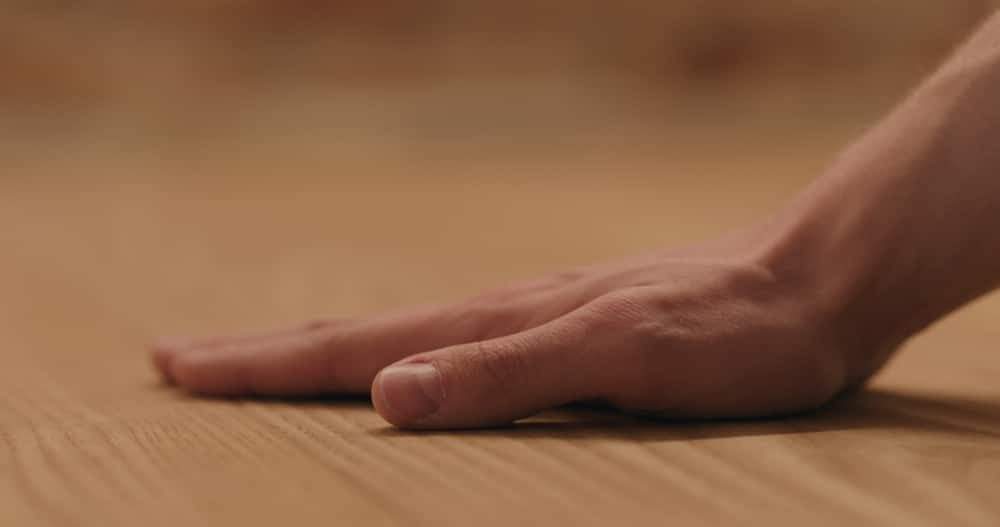
-
Gather the Necessary Materials and Tools
To complete this project, you’ll need the following materials and tools:
- Sandpaper (coarse, medium, and fine grit)
- Drum sander or orbital sander (rent one if you don’t own one)
- Edge sander
- Hand scraper
- Vacuum cleaner
- Wood filler
- Stain (based on your colour preference)
- Wood finish (polyurethane, water-based, or oil-based)
- Paintbrushes or stain applicators
- Buffing pads
- Safety goggles
- Ear protection
- Dust mask or respirator?
-
Prepare the room
Before you begin, it’s crucial to prepare the room for the sanding process. Remove all furniture, window treatments, and any other items that could be damaged by dust. Cover any vents, outlets, and switches with plastic sheeting and tape to prevent dust from entering. Finally, seal off any doorways with plastic sheeting to contain the dust within the room.

-
Sanding Process
The sanding process involves three stages: coarse sanding, medium sanding, and fine sanding.
4.1. Coarse Sanding
Begin by attaching coarse-grit sandpaper (36 or 40 grit) to your drum or orbital sander. Start at one corner of the room and move the sander in the direction of the wood grain. Work in straight lines, overlapping each pass by about 1-2 inches. Once you’ve completed the first pass, change to a slightly finer grit (50 or 60 grit) and repeat the process.
4.2. Medium Sanding
For medium sanding, switch to 80-grit sandpaper and follow the same pattern as the coarse sanding stage. This will help remove any remaining imperfections and prepare the wood for the final sanding stage.
4.3. Fine Sanding
Lastly, use 100- or 120-grit sandpaper for the fine sanding stage. This will ensure a smooth surface for staining and finishing. Once you’ve completed the final sanding pass, use an edge sander or hand scraper to sand the edges and corners of the room where the larger sander couldn’t reach.
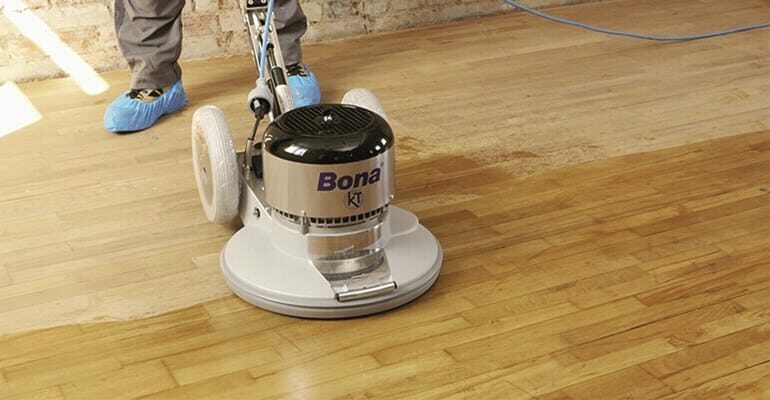
-
Cleaning and repairing
After sanding, thoroughly vacuum the floor to remove any dust and debris. Inspect the
floor for any remaining imperfections, such as gouges or nail holes, and fill them with wood filler. Allow the filler to dry according to the manufacturer’s instructions, then lightly sand the filled areas with fine-grit sandpaper to ensure a smooth surface. Vacuum the floor once more to ensure it is completely clean and dust-free.
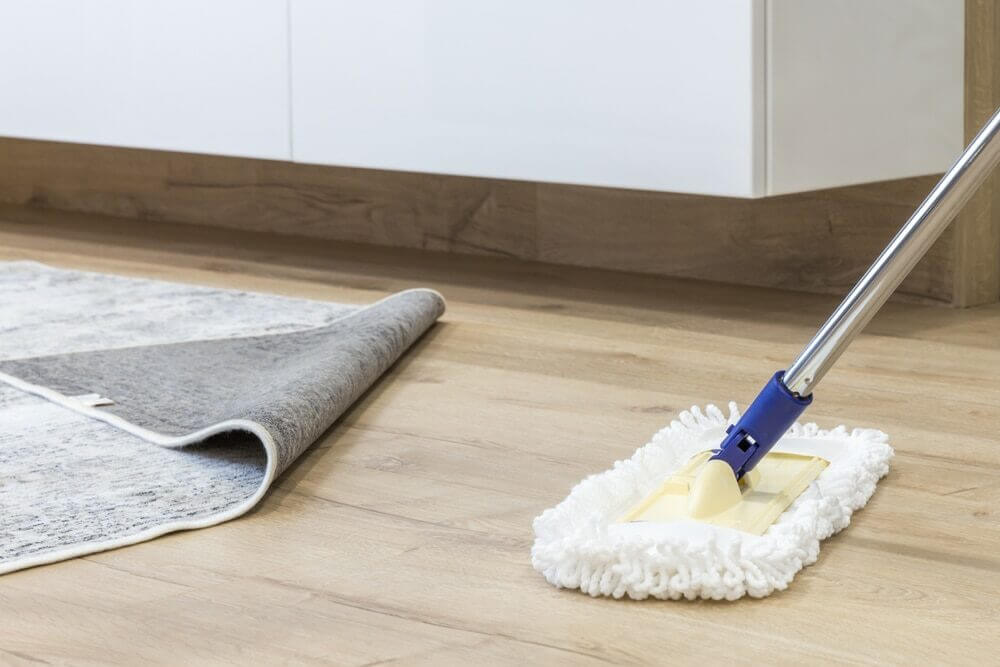
-
Staining the wood floor
Before applying the stain, test it on a small, inconspicuous area of the floor to ensure the colour matches your expectations. Once you’re satisfied with the colour, begin staining the floor. Using a paintbrush or stain applicator, apply the stain evenly along the wood grain, working in small sections. Allow the stain to penetrate the wood for the recommended time, usually 5–15 minutes, and then use a clean cloth to wipe away any excess stain. Continue this process until the entire floor is stained. Allow the stain to dry according to the manufacturer’s instructions, typically 24 hours.
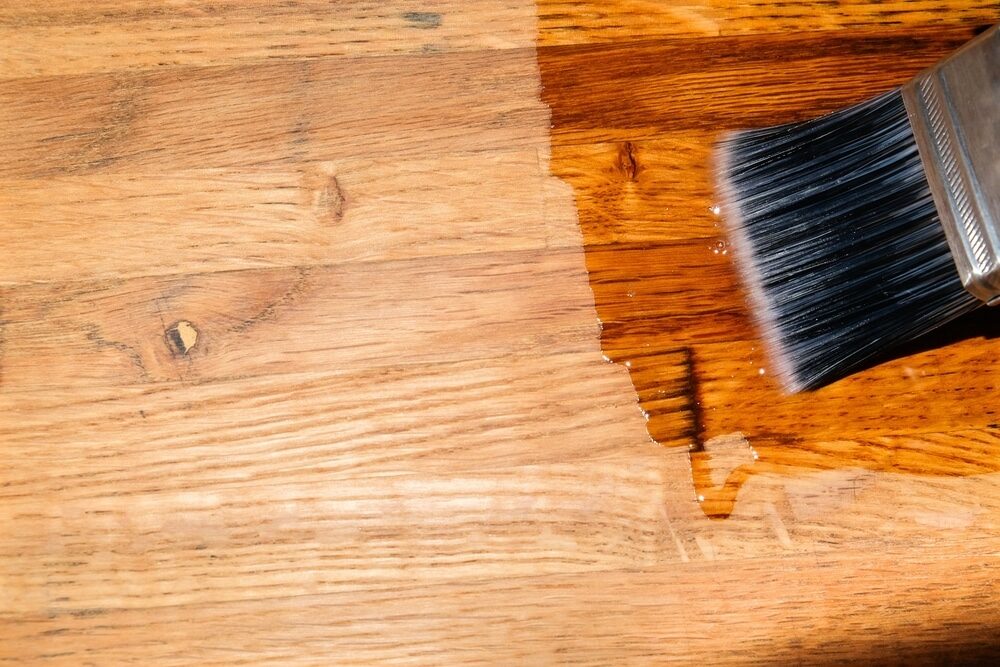
-
Applying the Finish
Once the stain is completely dry, it’s time to apply the finish. Choose a finish that suits your preferences and the specific needs of your space, such as polyurethane, water-based, or oil-based finishes. Use a paintbrush or applicator to apply the finish evenly, working with the wood grain. Apply at least two coats, allowing each coat to dry according to the manufacturer’s instructions. Lightly sand the floor with fine-grit sandpaper between each coat to ensure a smooth, even finish.
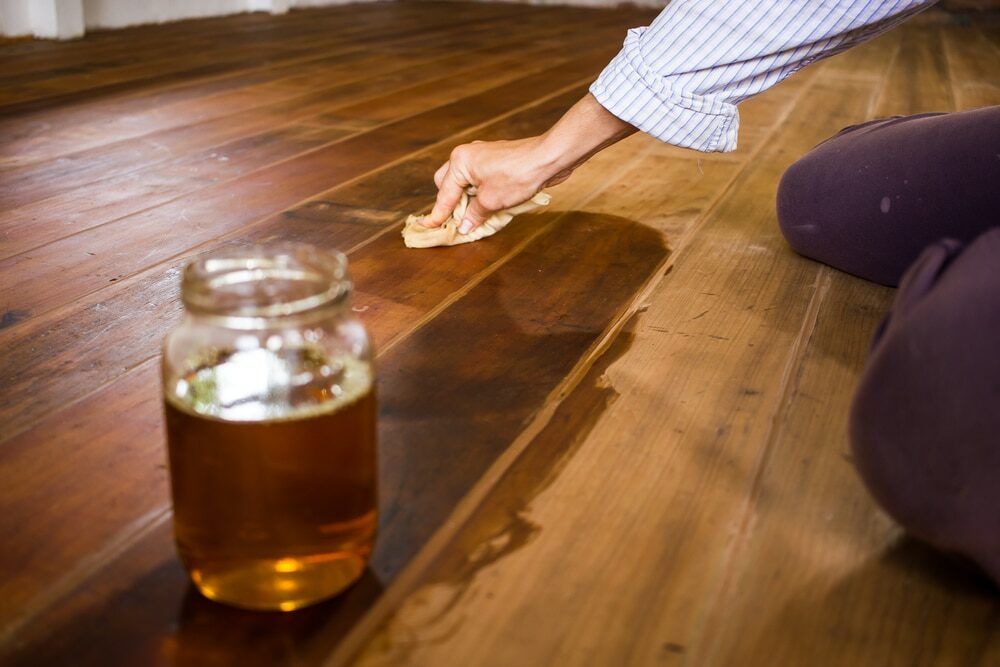
-
Buffing and final touches
After the final coat of finish has dried, use a buffing pad or screen on a floor buffer to gently smooth the surface and remove any remaining imperfections. Vacuum the floor once more to remove any dust created by buffing. If desired, apply a final thin coat of finish to provide added protection and a polished appearance.
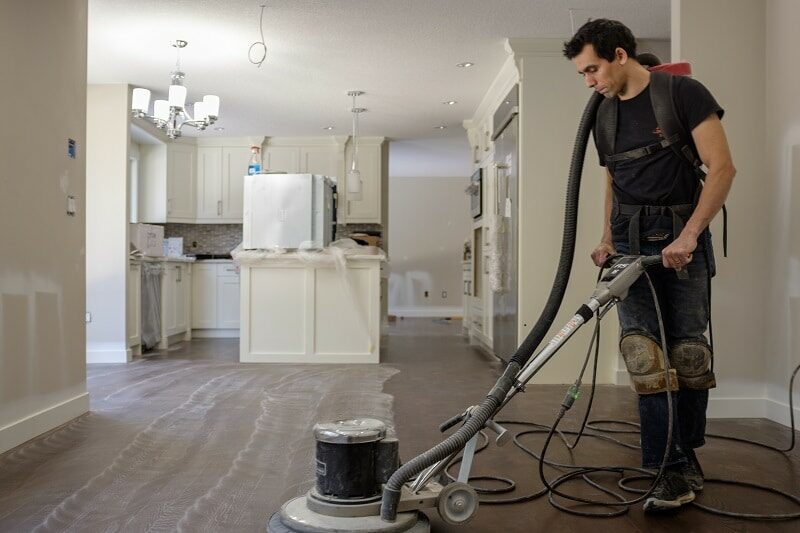
-
Maintenance Tips
To keep your newly refinished wood floors looking their best, follow these maintenance tips:
- Sweep or vacuum the floor regularly to remove dirt and debris.
- Use felt pads on the legs of furniture to prevent scratches.
- Place rugs or mats in high-traffic areas to protect the finish.
- Avoid using harsh chemicals or abrasive cleaners on the floor.
- Wipe up spills immediately to prevent staining or damage.
- Refrain from wearing high heels or cleats on the wood floors, as these can cause dents and scratches.
Some Useful Links:
Conclusion
Sanding, staining, and finishing your wood floors is a rewarding project that can dramatically improve the appearance and longevity of your floors. By following this step-by-step guide, you can successfully restore your wood floors and enjoy their beauty for many years to come.
More from our Blog:
Why floor sanding can make any wooden floor look fantastic?
Discover the Art of Wood floor restoration | A matter of taste
The Easy Process of Sanding a Floor: A Comprehensive Guide

Sanding
We provide virtually dust-free sanding with our continuous belt machinery with mobile extraction units, giving you a safer environment for your family.
Oiling
This organic finish not only adds beauty to your home but also has exceptional water-repellent characteristics, making it easier to clean and maintain.
Waxing
This natural floor finish offers the softest and most mellow appearance – and leaves your floor able to breath.
Buffing
Using soft buffing machines (and hand-polishing where required) will bring a wonderful sheen to your newly-finished floor.
Repairs
We offer a full assessment of your wooden floors to determine what repairs are needed to provide the perfect working surface for the later stages of sanding, staining and sealing.
Restoration
We offer a comprehensive restoration process designed to address floors that are improperly fitted or damaged over time through wear and tear.
Request a fixed price quote for your wood floor restoration now
Simply enter your postcode below to get started.
Services
Wood Floor Sanding Wood Floor Restoration Wood Floor Scratch Repair Squeaky Wood Floor Repair Parquet Floor Sanding Parquet Floor Restoration Commercial Floor Sanding Church Floor Sanding Community Centre Floor Sanding School Floor Sanding Gap Filling Gap Filling with ResinCopyright © Mr Sander®
Privacy & Cookies Terms & Conditions Complaints Procedure Cancellation Rights Sitemap